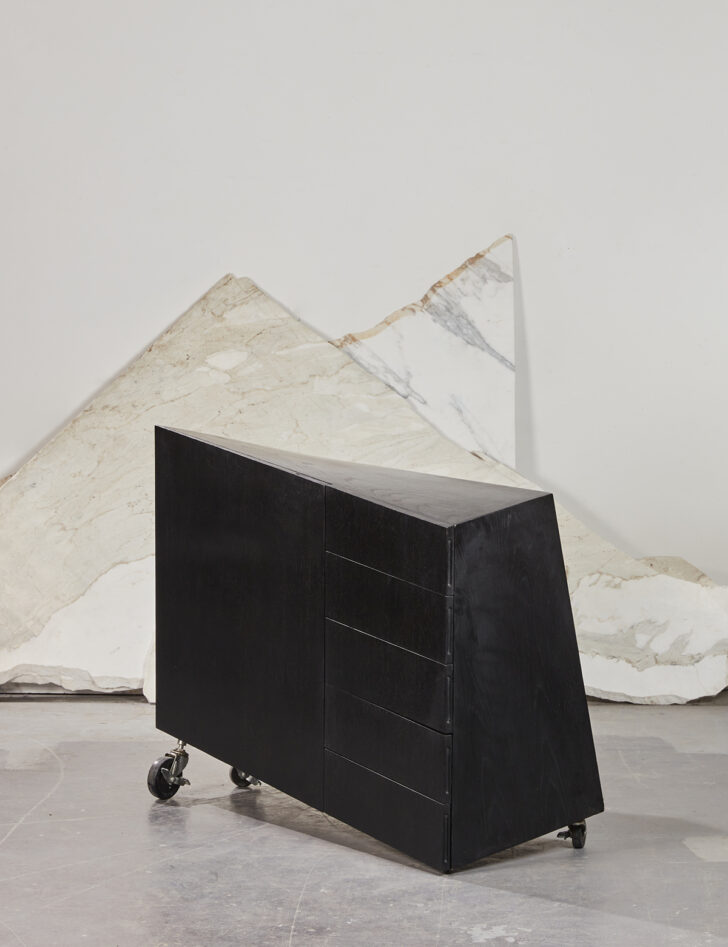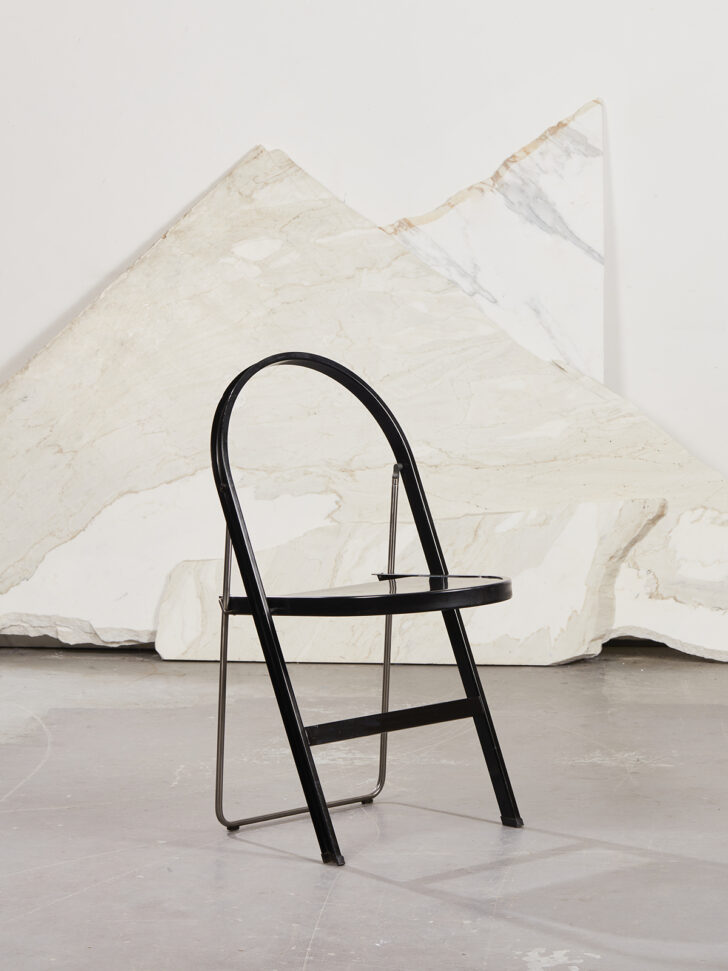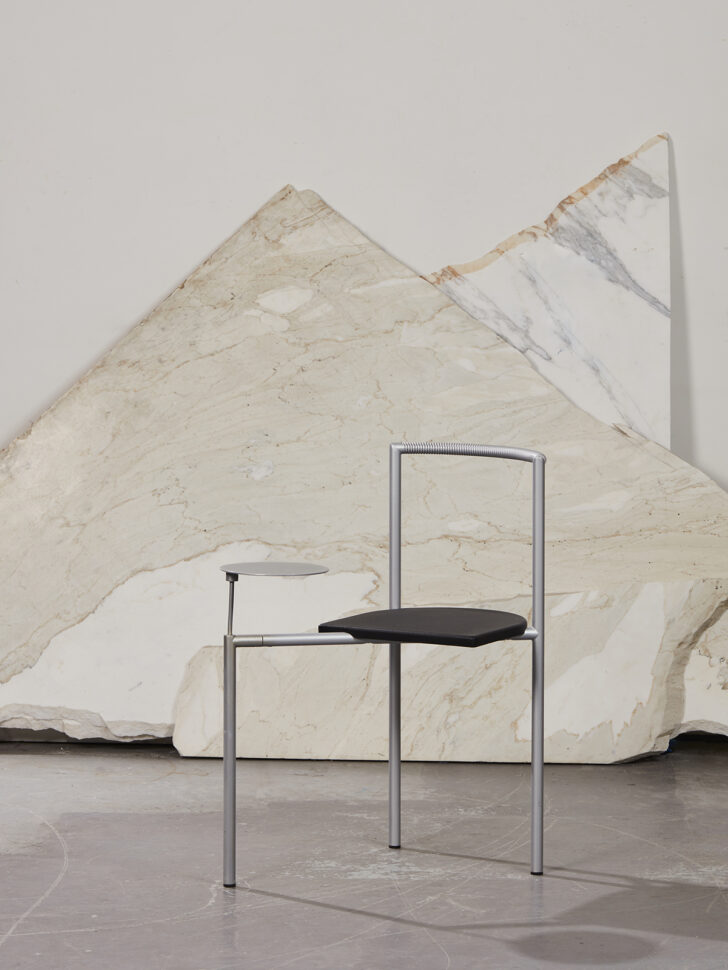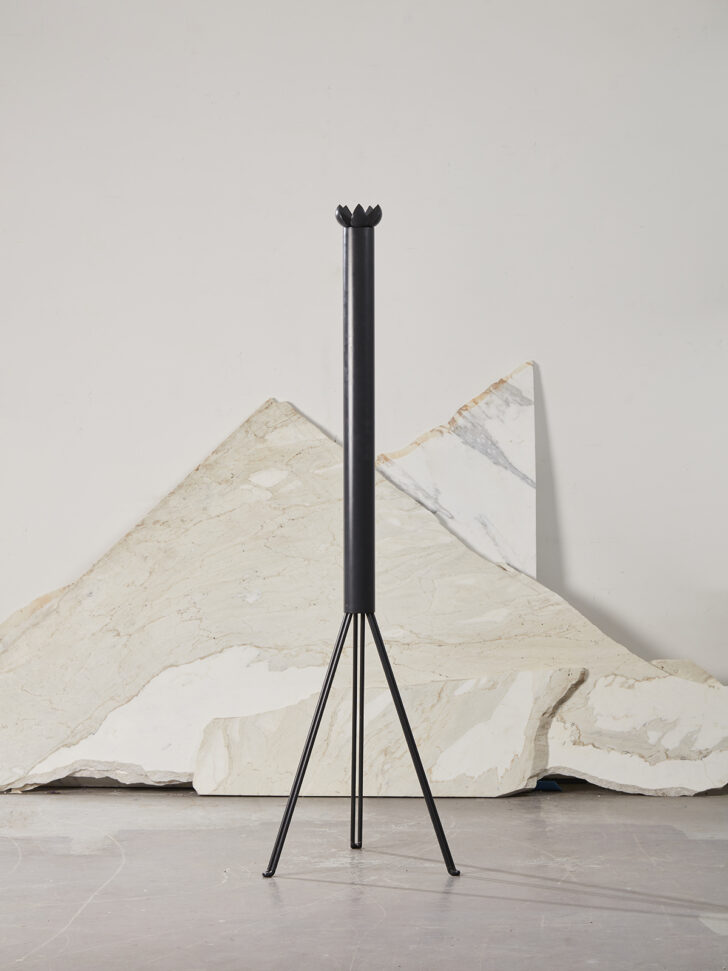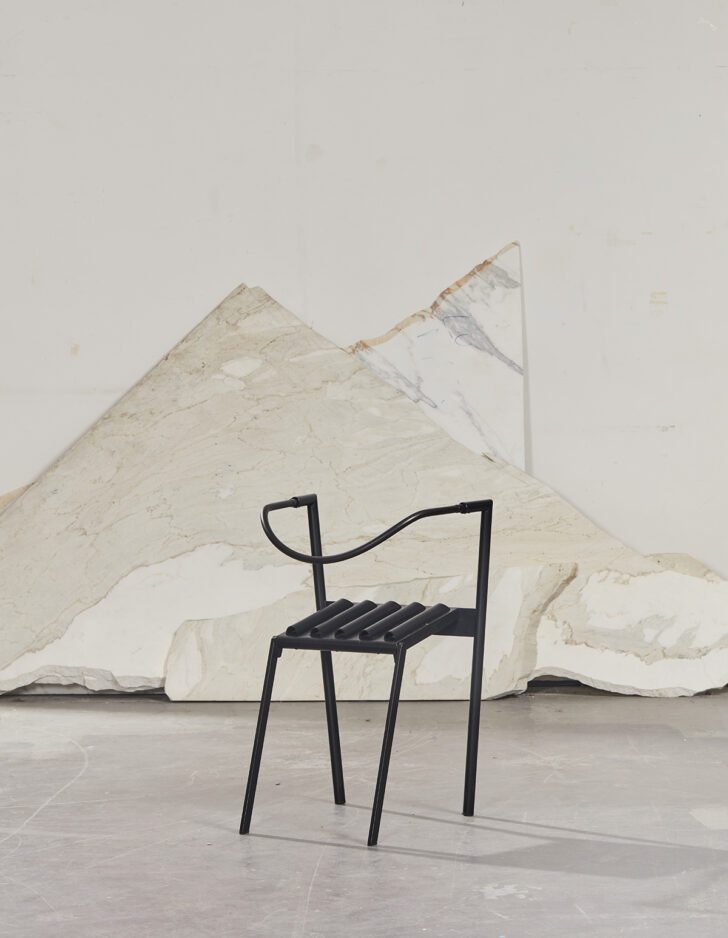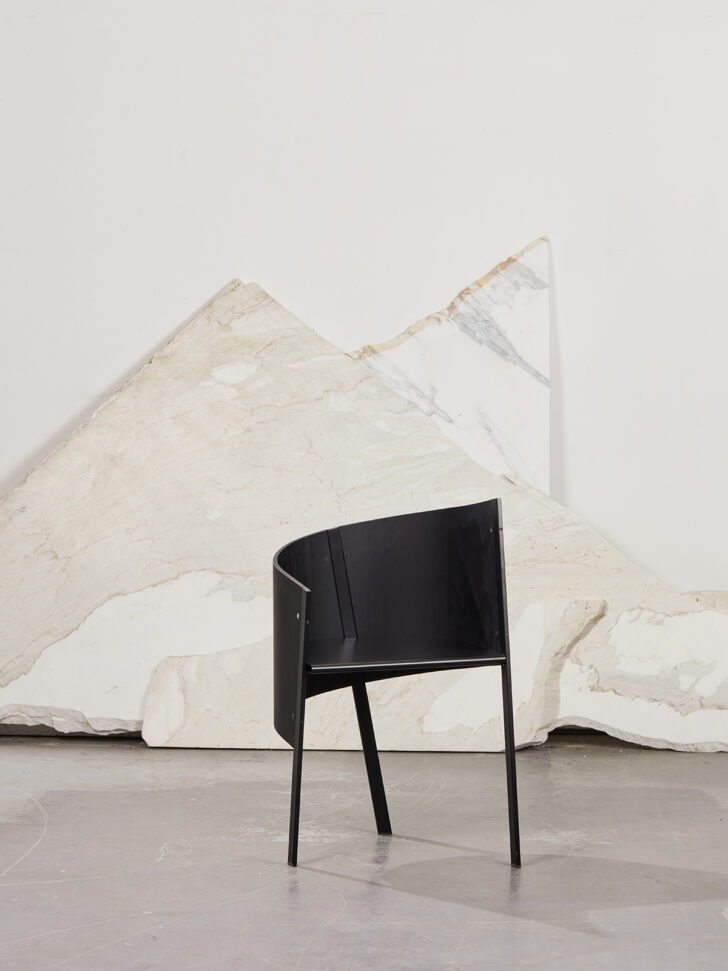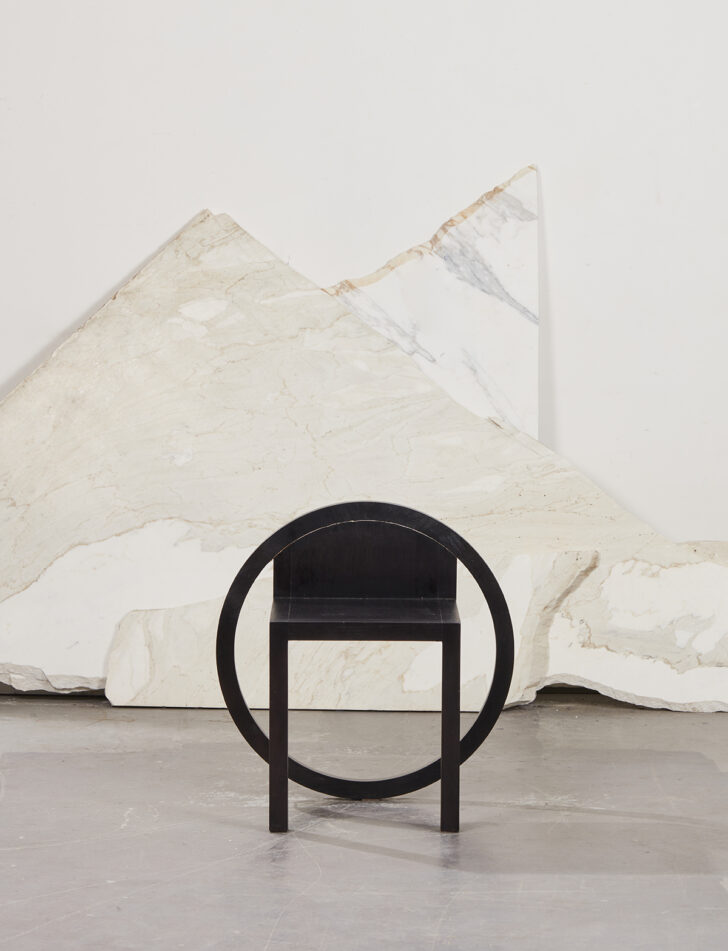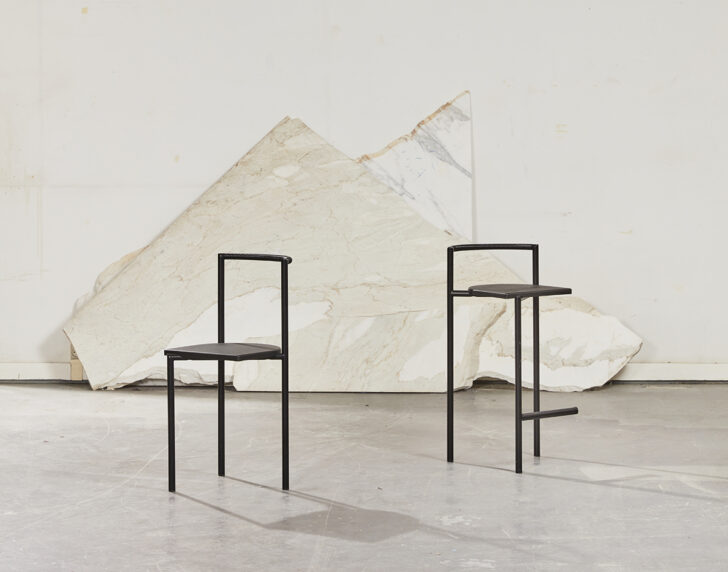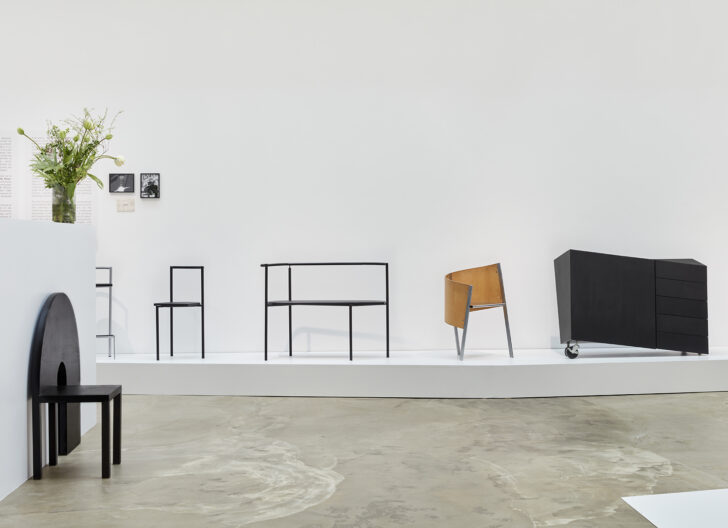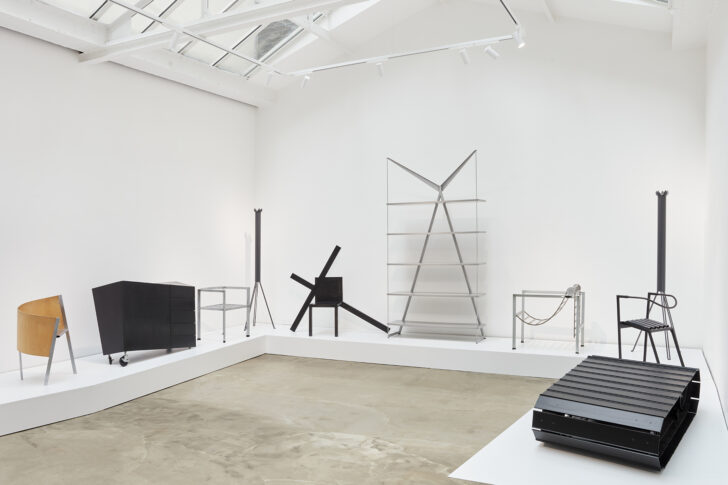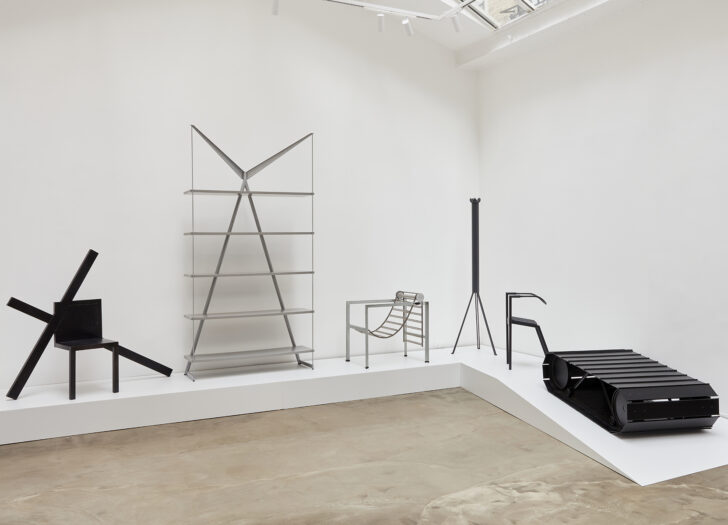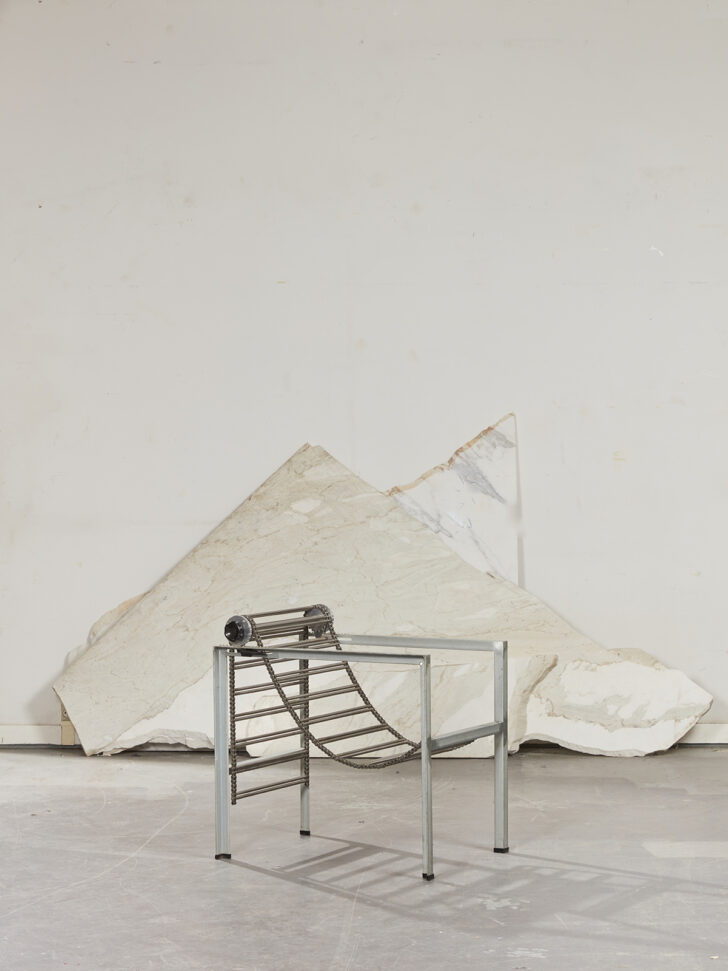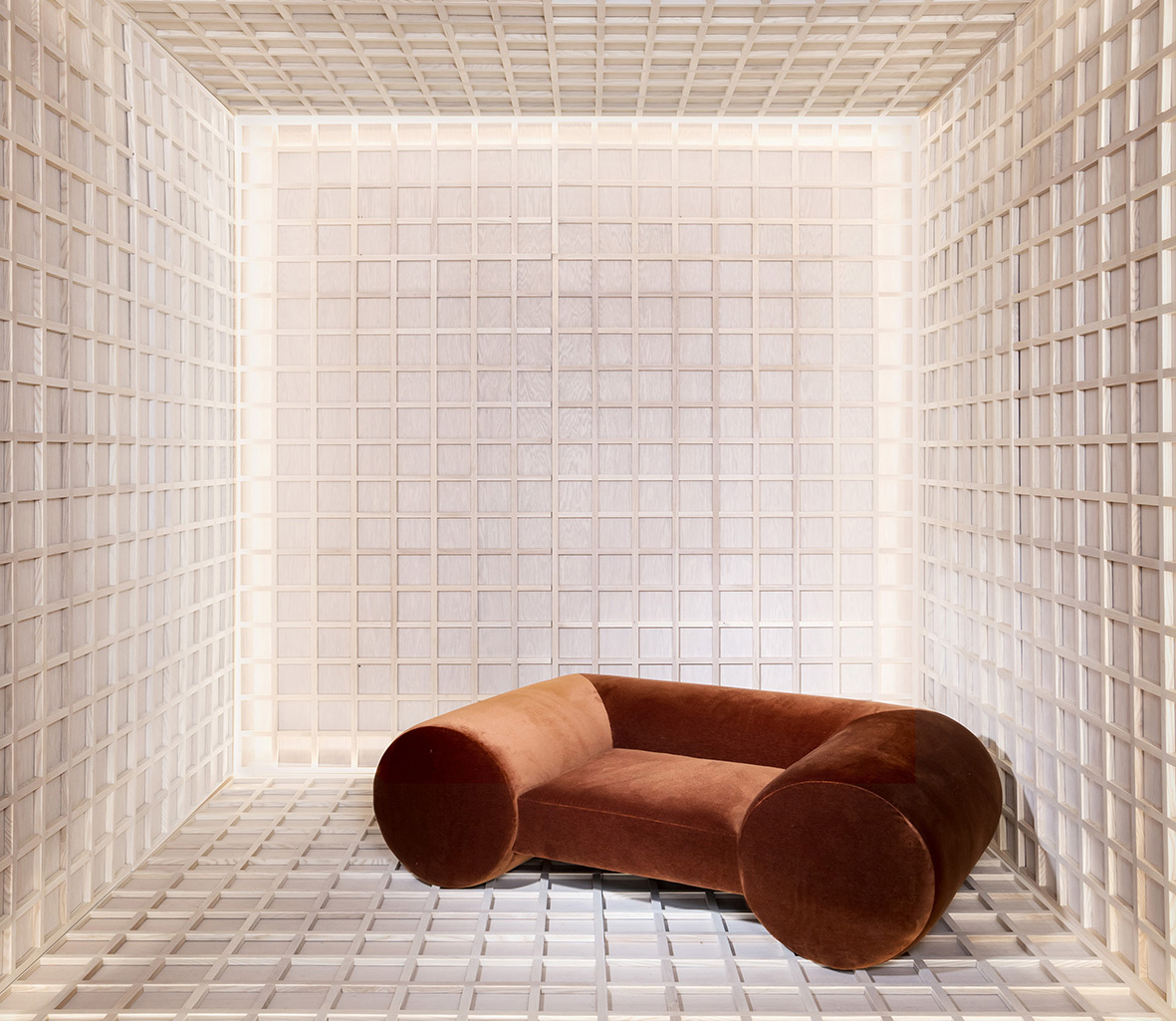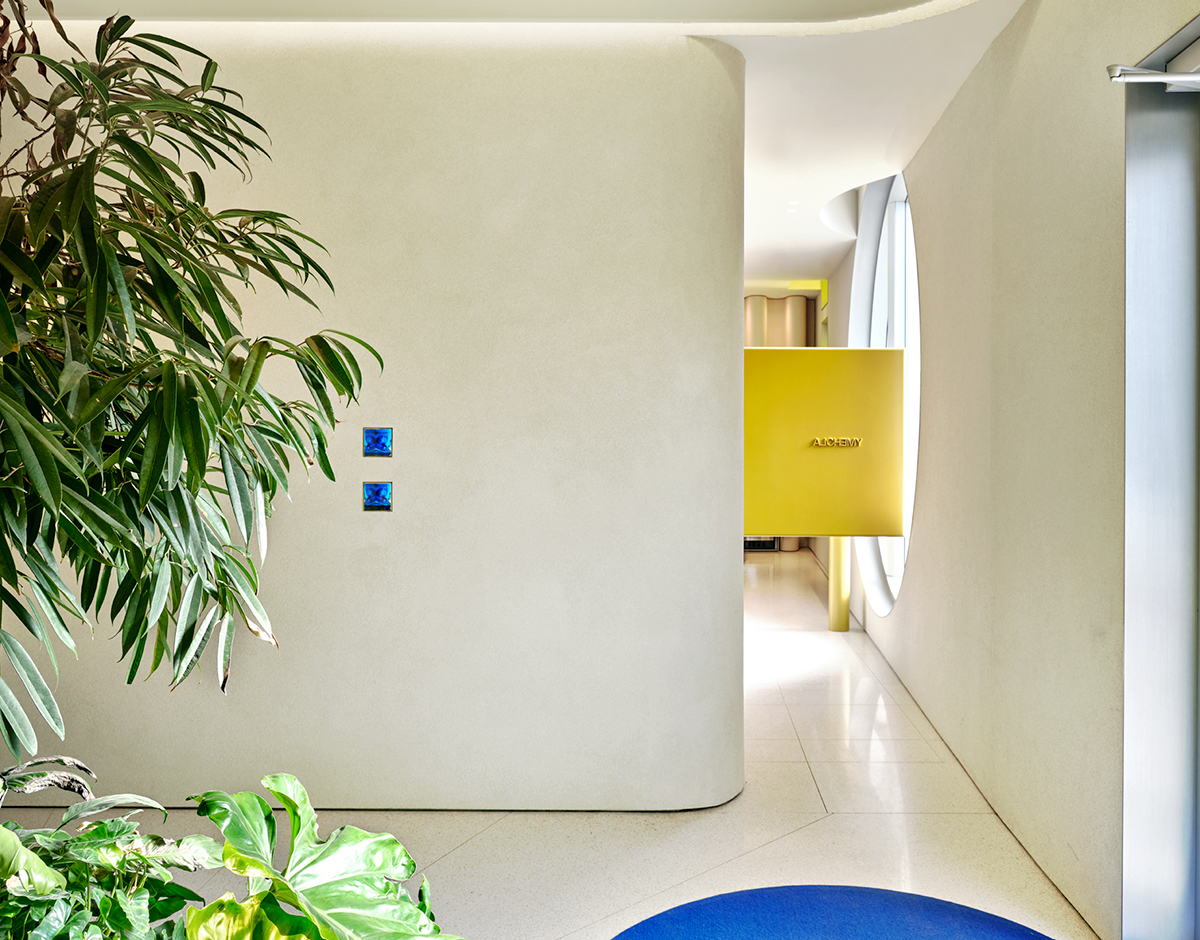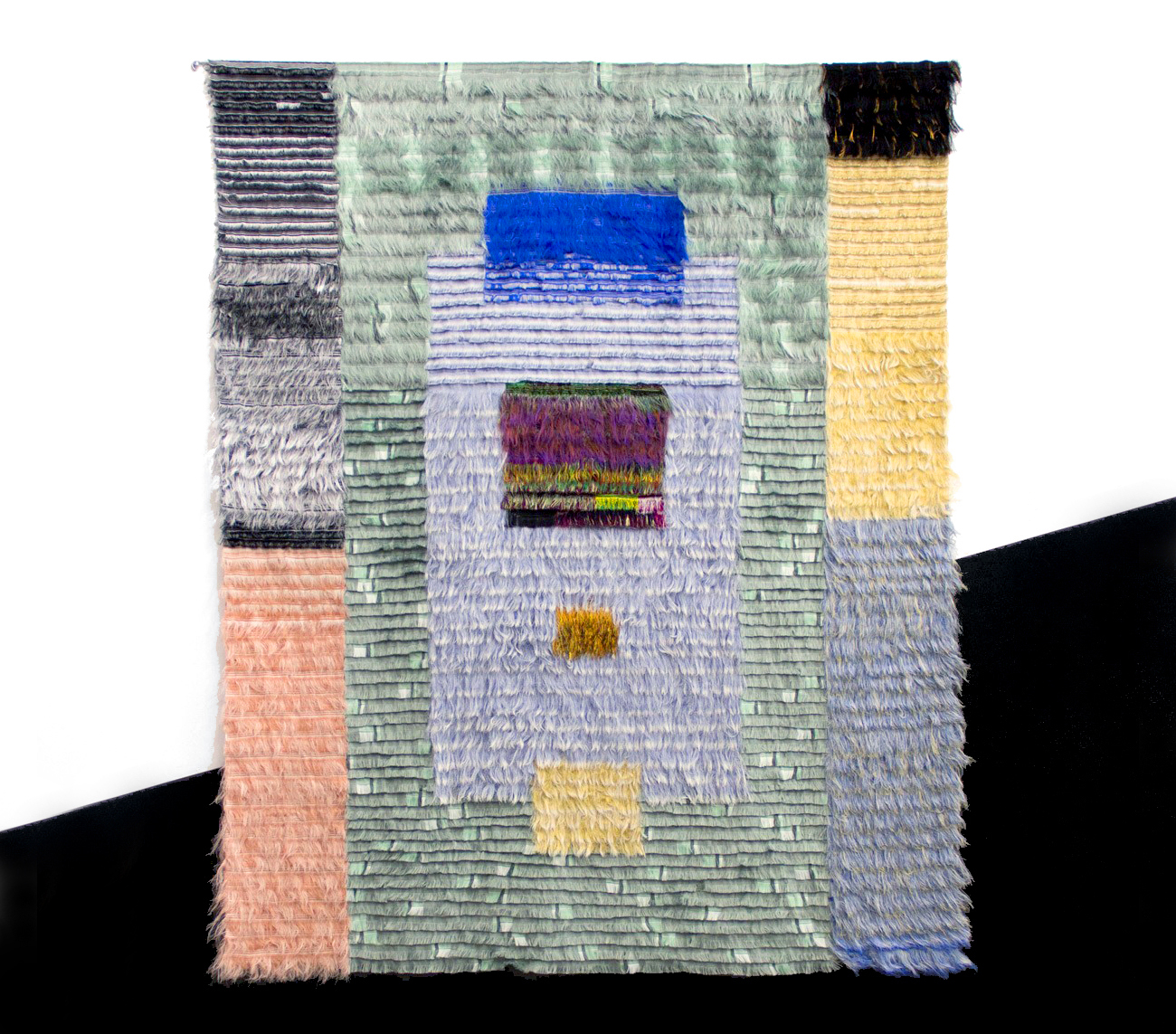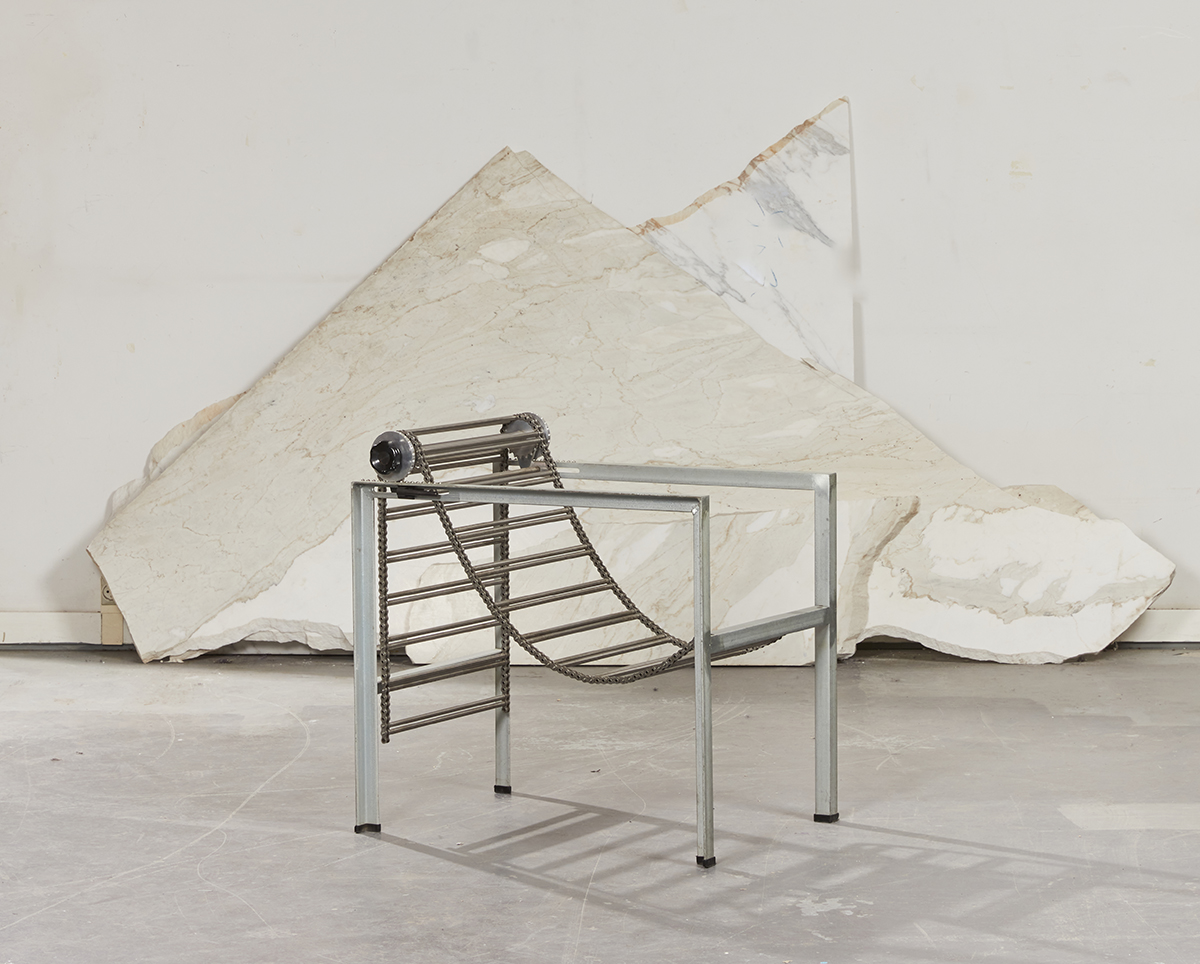
03.09.22
Excerpt: Exhibition
A Retrospective of 1980s Furniture Visionary Paolo Pallucco Opens in Paris
If you’ve been following the trend cycle of archive and vintage furniture over the past few years, you’ll have noticed by now that the 1980s are back in a big way. We’ve recently covered a few 1980s furniture designers — like Czech Modernist Bořek Šípek and Italian artist-designer Pucci de Rossi — but it seems like every month there’s a new figure that’s resurfaced and reevaluated in the present day. The latest is designer and manufacturer Paolo Pallucco, whose brief stint at the helm of his eponymous brand produced some of the most radical furniture of the decade — and who is now the subject of a new exhibition in Paris at Ketabi Projects. “We are in a time of rediscoveries and people are starting to get a bit bored of 1950s designs,” says Paul Bourdet, the show’s curator, who, alongside Stefan Cosma of Eclectico Studio and Ketabi Projects, spent the past two years researching Pallucco’s oeuvre and gathering pieces that have long been out of production. “The 80s are now resurfacing in every type of creation medium — fashion, cars, watches, cinema — because they match the search for radicalism and minimalism of our times.”
Born in Rome in 1950 and trained as an architect, Paolo Pallucco didn’t originally make his name from producing contemporary furniture. Instead, he was one of the first in the 1980s to reissue early modern pieces, bringing icons like the Fortuny floor lamp, the 222 chair by Robert Mallet-Stevens and the Sandows chair by René Herbst out of the archive. But because of his artistic sensibilities and access to high-end furniture production, he was able to do so much more than remake the past. In the early 1980s, he pivoted from reproductions to original work, both designed by himself and alongside his then-wife Mireille Rivier — who is credited with being the grounding force behind Pallucco’s absurdist tendencies — and collaborators like Comme des Garçons founder Rei Kawakubo. “I think that Paolo Pallucco always had a strong interested in design, but after reissuing design classics he met Rei Kawakubo and started producing her furniture for Comme des Garçons,” explains Bourdet. “Now that he was into contemporary design, why not make his own?”
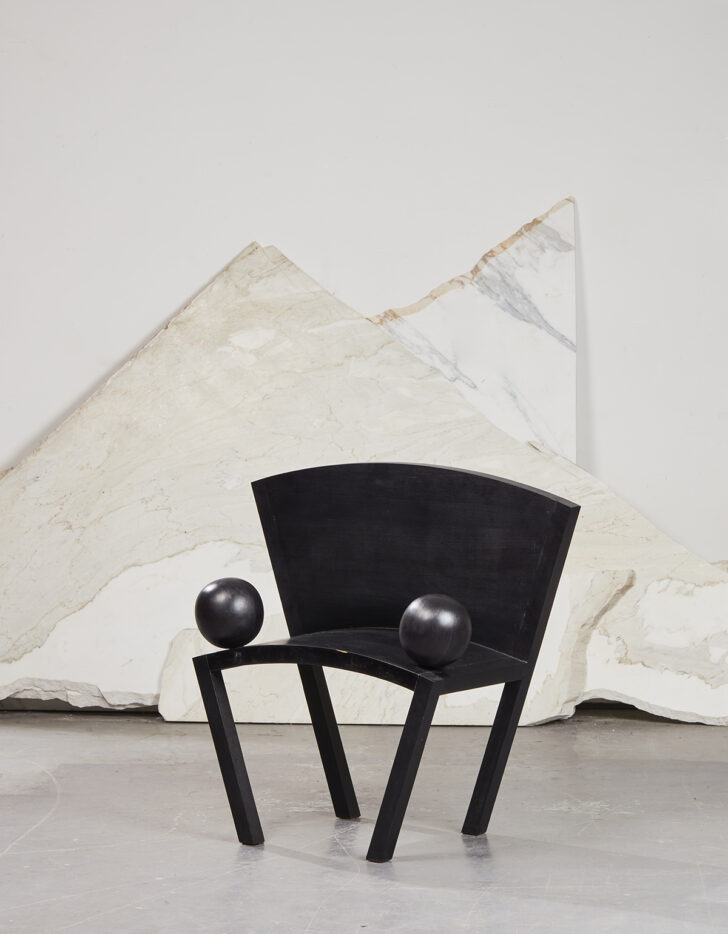
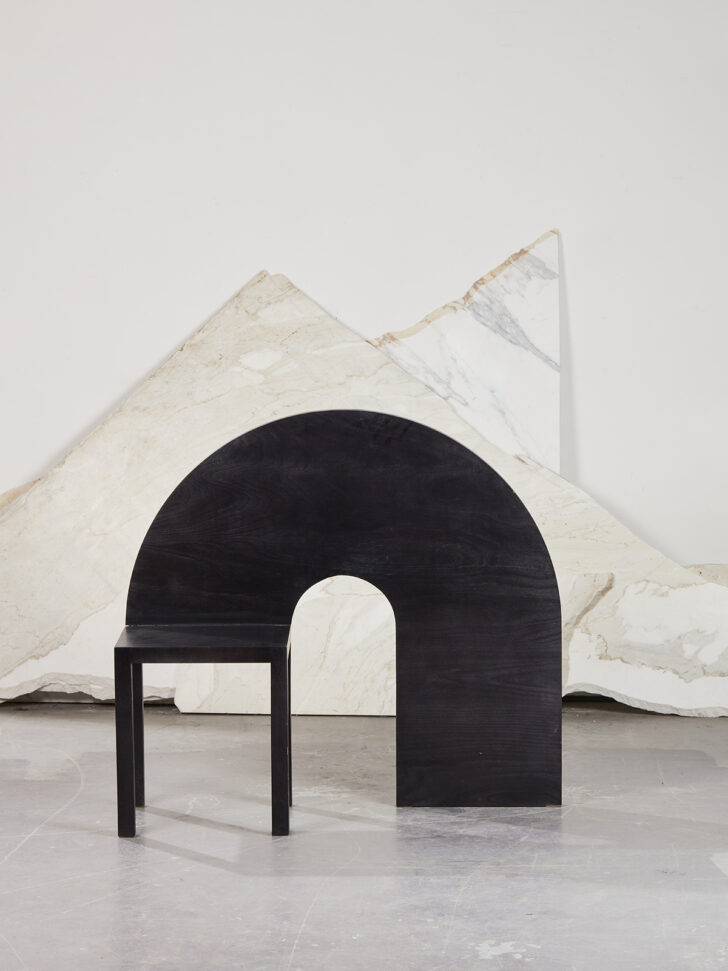
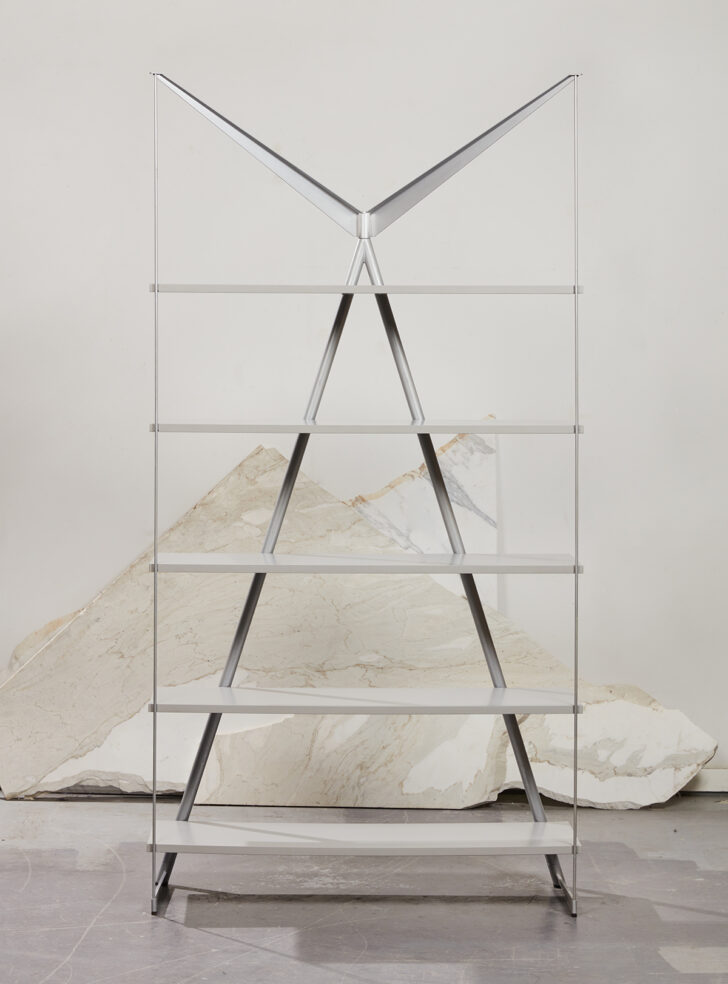
More than simply an industrial designer, Pallucco considered the work he produced to be an artistic statement. “His furniture was so well produced that it allowed him to add more or less absurd functions, industrial elements linked to the world of the machine, thus imitating Modernist furniture characterized by the search for absolute functionalism and economy of means to the detriment of aesthetics or comfort,” says Bourdet. He explicated themes ranging from poetry, particularly the work of Rainier Maria Rilke, photography, religion and cinema. His Stalker chairs, for example, which sit on three precarious legs and are made of steel and polyurethane foam, were inspired by the 1979 Andreï Tarkovski film of the same name. But perhaps the most explicit theme amongst the pieces is war: “the coffee table Tankette, 1987 evokes the chains of a tank, the armchair Barba d’Argento, 1986, recalls a machine gun and the coat rack Bocca da Fuoco, 1987, a kind of cannon in full explosion,” explains Bourdet. “The furniture designed by Pallucco is strongly rooted in the rupture with Modernism and absolute search of functionalism,” he continues, describing this reference that runs throughout his work. “So I think that these pieces are an ironic reference to the link between war and Modernism throughout the 20th Century.”
Another of the factors that defined Pallucco’s career were longtime collaborations with some of the most influential artists of that era, like Kawakubo and the fashion photographer Peter Lindbergh. “Paolo Pallucco was very exigent and wanted to be surrounded only by the best,” says Bourdet, explaining how the partnerships came about. “He and Mireille Rivier visited the Comme des Garçons shop in Tokyo in 1981 and had an aesthetic shock. He then got in touch with Rei through a common Italian friend and started to produce her furniture as she was looking for a maker as radical as her to make her pieces.” Together, they made furniture for the Comme des Garçons stores. The pieces were stark and industrial in the style of Pallucco, with clever functional details that were characteristic of 1980s Comme des Garçons. For instance, a series of sharp triangular nested tables, made with steel bodies and stone tops, were set atop caster wheels in order to be easily be reconfigured in the store.
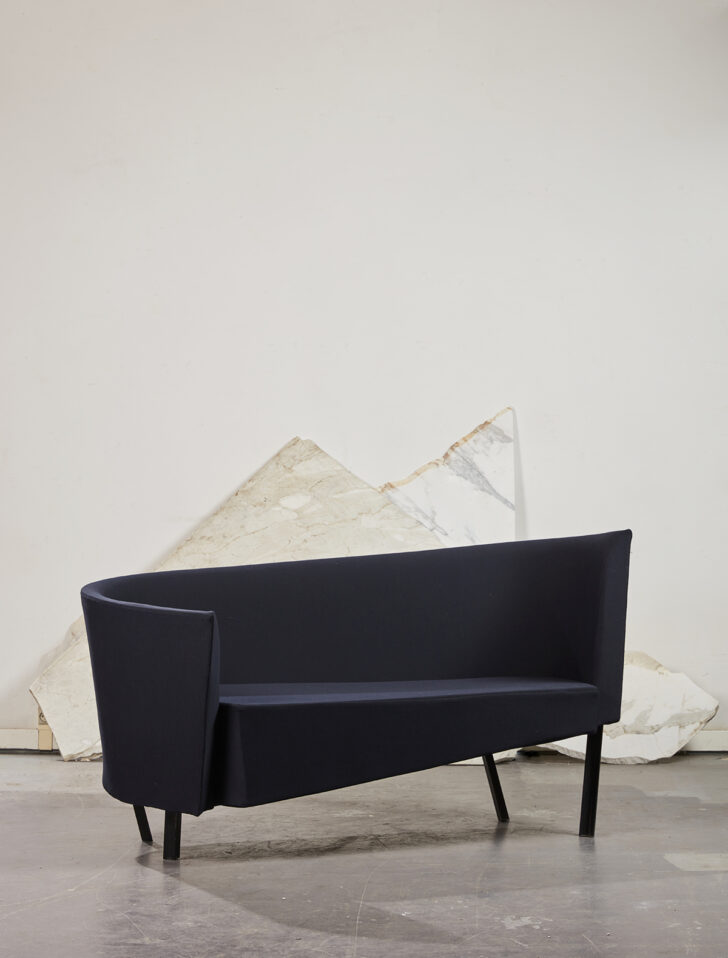
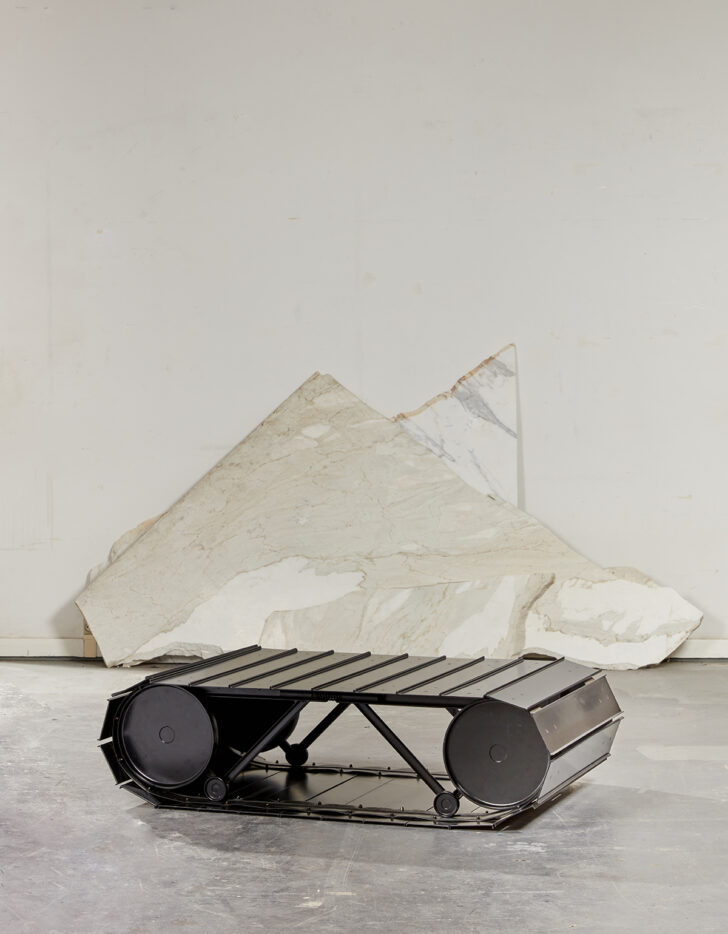
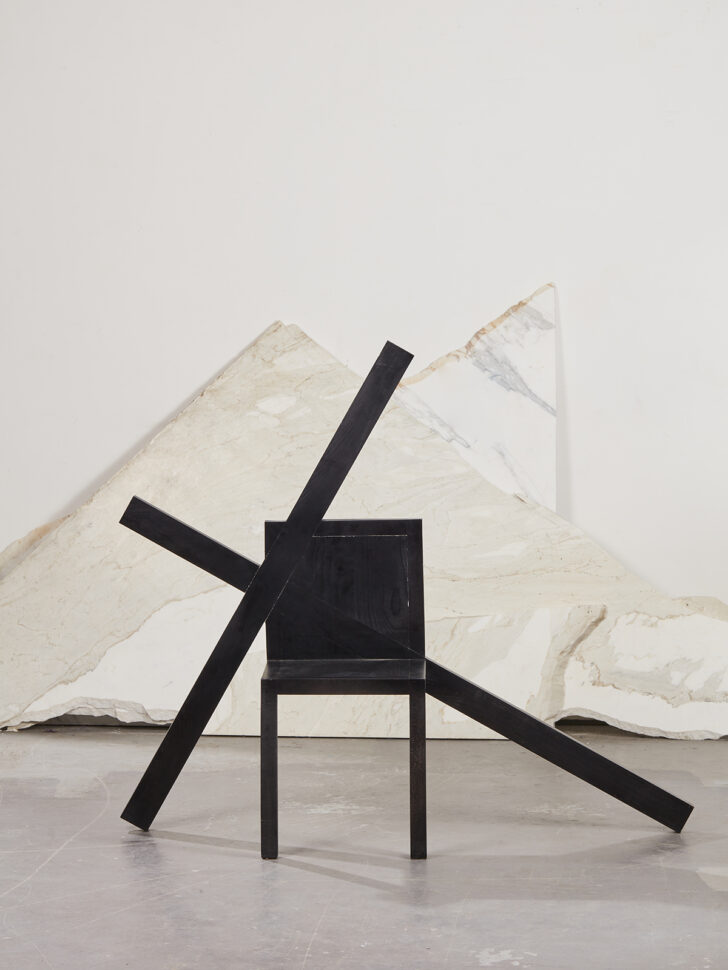
As for Peter Lindbergh, “it’s a bit the same, he was the star photographer of the 80s, of course too expensive for such a small company,” says Bourdet. “But he tried and asked, Lindbergh fell in love with the pieces and did the photos.” Lindbergh ended up shooting the Pallucco’s pieces multiple times, including the brand’s final show under his ownership, an exhibition at 1988 the Salone del Mobile titled ‘Mattatoio’ and set in a former Milanese slaughterhouse. It was during that showcase that Pallucco’s sold the brand, cashing out while it was at its peak despite growing cultural cachet.
But perhaps that’s not so surprising. After all, the exhibition’s title “Luck and Sex. That’s all.” was pulled from an interview Pallucco did years ago describing his personal philosophy. “It’s his life mantra,” explains Bourdet, meaning that his personal success can be reduced to some kind of karmic fluke. “All the rest is an accessory.” ◆
